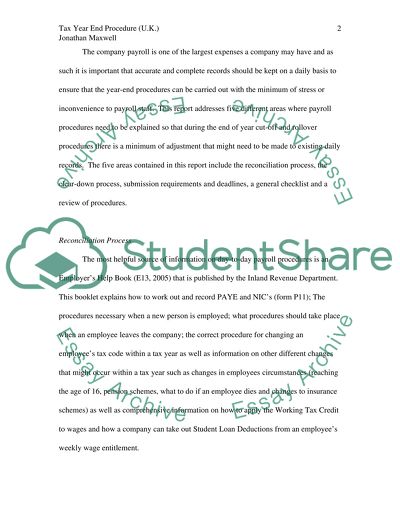Cite this document
(Tax Year End Procedure in the United Kingdom Case Study, n.d.)
Tax Year End Procedure in the United Kingdom Case Study. Retrieved from https://studentshare.org/finance-accounting/1533601-tax-year-end-procedure
Tax Year End Procedure in the United Kingdom Case Study. Retrieved from https://studentshare.org/finance-accounting/1533601-tax-year-end-procedure
(Tax Year End Procedure in the United Kingdom Case Study)
Tax Year End Procedure in the United Kingdom Case Study. https://studentshare.org/finance-accounting/1533601-tax-year-end-procedure.
Tax Year End Procedure in the United Kingdom Case Study. https://studentshare.org/finance-accounting/1533601-tax-year-end-procedure.
“Tax Year End Procedure in the United Kingdom Case Study”, n.d. https://studentshare.org/finance-accounting/1533601-tax-year-end-procedure.


